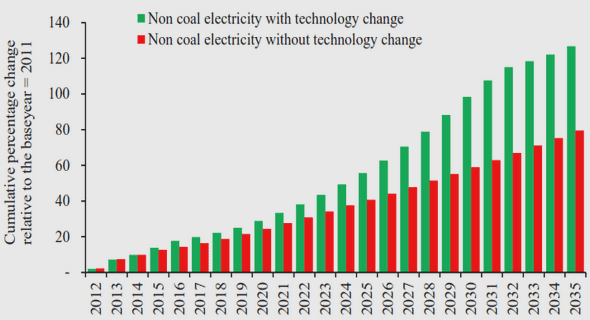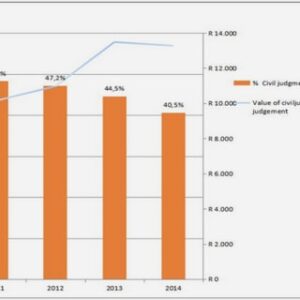(Downloads - 0)
For more info about our services contact : help@bestpfe.com
Table of contents
General introduction
Near surface geophysical imaging and characterisation
Ground-Penetrating Radar (GPR)
Principles of GPR measurements
GPR applications
GPR processing and imaging
Full Waveform Inversion (FWI)
Principles, history, and challenges
FWI of GPR data: state of the art
Objectives of the thesis and outline of the manuscript
1 The forward problem
1.1 Notions of electrodynamics in material media
1.1.1 Maxwell’s equations and constitutive relations
1.1.2 The electrical response of dielectric solid materials
1.1.2.1 Dielectric response models
1.1.2.2 Electrical properties of natural media
1.1.3 Wave propagation in two dimensions
1.1.3.1 TE-TM modes and analogy with the acoustic system
1.1.3.2 Wave equations and analytical solutions in homogeneous media
1.2 Numerical modelling of electromagnetic waves propagation in 2D heterogeneous media
1.2.1 Introduction: Choice of the numerical method
1.2.2 The frequency-domain nite-dierence mixed-grid stencil
1.2.3 Validation in a homogeneous medium
2 The inverse problem
2.1 Introduction to inverse problems, optimisation and FWI
2.1.1 Denition, properties, and resolution of inverse problems in general, and of FWI in particular
2.1.2 Local descent optimisation algorithms
2.2 A strategy for multiparameter FWI (Lavoue et al., 2014)
2.2.1 Forward and inverse problems formulation in the frequency domain
2.2.1.1 Forward problem
2.2.1.2 Inverse problem
2.2.2 Multiparameter imaging of permittivity and conductivity
2.2.2.1 Parameter sensitivity and trade-o
2.2.2.2 Parameter scaling
2.2.2.3 Behaviour of the inversion with respect to parameter scaling and frequency sampling
2.2.3 A realistic synthetic test
2.2.3.1 Benchmark design
2.2.3.2 Inversion of noise-free data
2.2.3.3 Inversion of noisy data
2.2.4 Discussion
2.3 Further methodological details
2.3.1 Computation and interpretation of the gradient
2.3.2 Validation of the computed gradients
2.3.3 Derivation and validation of the two-parameter problem
2.3.4 Sensitivity to dispersive parameters
3 Application to real data inversion
3.1 Validation of the imaging algorithm against experimental laboratory data (Lavoue et al., 2015)
3.1.1 Presentation of the data (Institut Fresnel, Marseille, France)
3.1.2 Forward problem
3.1.2.1 Numerical strategy
3.1.2.2 Data pre-processing
3.1.2.3 Simulation of synthetic data
3.1.3 Data inversion
3.1.3.1 Inverse problem formulation
3.1.3.2 Monoparameter inversion of the dataset FoamDielExt
3.1.3.3 Multiparameter inversion of the dataset FoamMetExt
3.2 Imaging a limestone reservoir from on-ground GPR data at the LSBB (Rustrel, France)
3.2.1 Introduction: Context and aim of the study
3.2.2 Classical processing: velocity analysis, migration, forward modelling
3.2.2.1 Semblance analysis, direct wave and hyperbola picking
3.2.2.2 NMO correction and stack, reverse-time migration
3.2.2.3 Forward modelling in a blocky model
3.2.3 Pre-processing steps towards FWI
3.2.3.1 Data pre-processing: Mute and 3D-to-2D conversion
3.2.3.2 Estimation of a source wavelet
3.2.3.3 Frequency-domain analysis
3.2.4 Preliminary FWI results
Conclusions and perspectives
Conclusive sum-up
Perspectives
Forward perspectives: 3D modelling, antenna radiation pattern
Inverse perspectives: optimisation issues, other parameters, other data
Applicative perspectives: starting model, source estimation, acquisition
Discussion: Time-domain vs. frequency-domain FWI of GPR data
Appendix A Adjoint state method using a Lagrangian formulation
Appendix B Complete LSBB data set
B.1 Raw common-oset sections
B.2 Processed common-oset sections
B.3 Filtered common-oset sections
B.4 Frequency-domain data
B.5 Time-domain data t
Bibliography
List of notations




